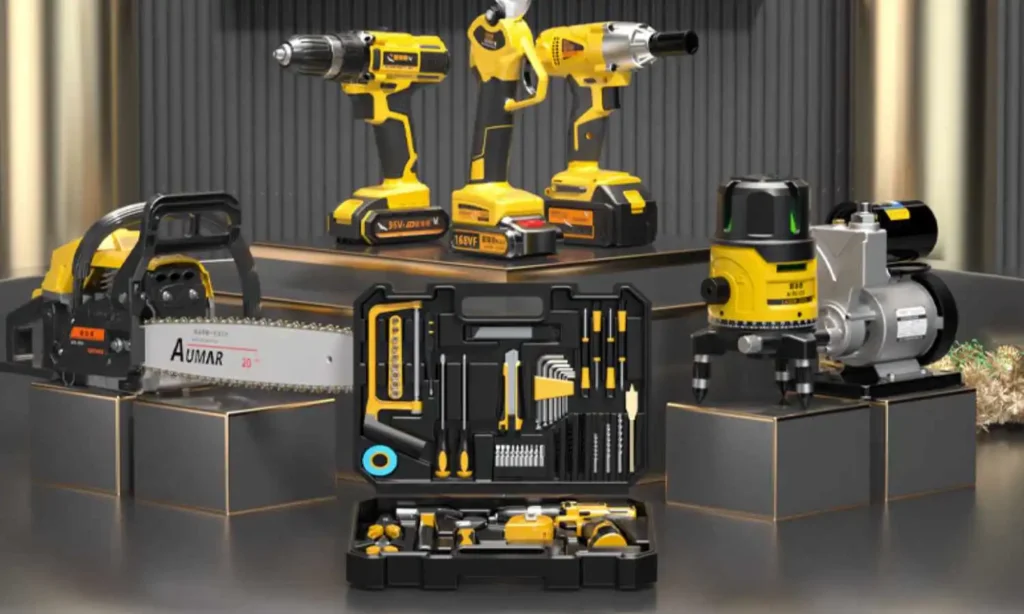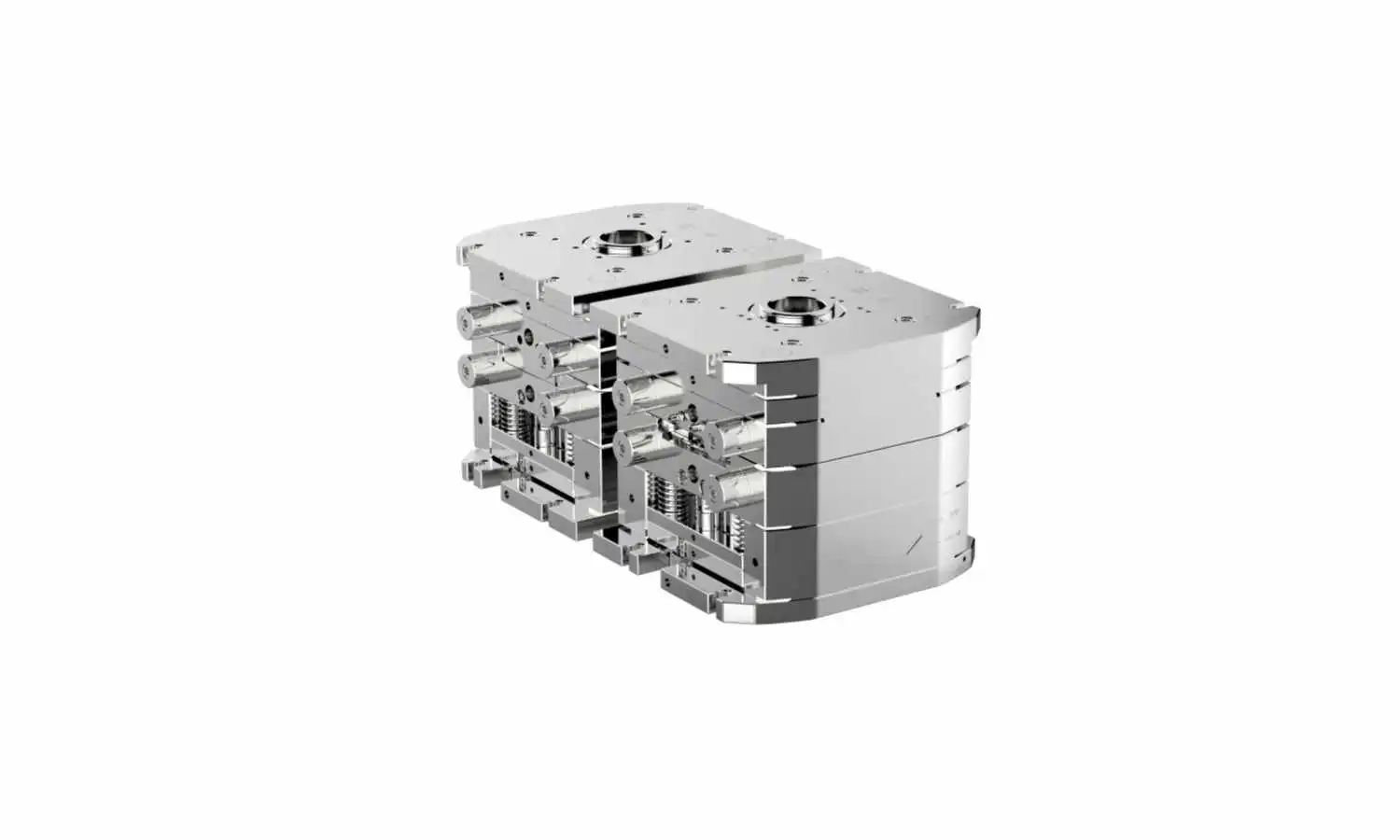The method is as follows:
The price of a plastic product: Raw material cost + Molding processing fee + Surface treatment fee + Packaging fee + Transportation fee + Customs clearance fee + Management fee
= Final price
- Raw material cost = {Product weight + (Sprue weight / Number of cavities) * (1 + Loss rate)} * Raw material price
The raw material price should be converted to grams as the unit. - Molding processing fee = Molding machine cost / 24h / 3600s * (Molding cycle time + Loss time)
Injection machine cost per minute:
- Surface treatment includes: Spray painting, Screen printing, Electroplating, Hot stamping, etc.
- Spray painting fee = Paint usage * Paint unit price + Thinner usage * Thinner unit price + Loss * Mixed paint unit price + Auxiliary material cost
Spray painting involves many factors, including: Thinner ratio, Painting area, Number of spatial planes, Number of gun sweeps per plane, Spraying time, Fixture setup time, Number of fixture setup personnel, Auxiliary materials cost (e.g., cleaning solvent, double-sided tape), Drying time, Drying cycle, Inspection time, Number of inspectors, etc. - Screen printing fee = Paint usage * Paint unit price + Thinner usage * Thinner unit price + Loss * Mixed paint unit price + Auxiliary material cost
The formula for screen printing is similar to spray painting, but the process is simpler, involving only: Manual screen printing or pad printing, Number of printing passes, Drying, Inspection time, and Number of inspectors.
- Packaging fee generally includes the cost of plastic bags, cartons, die-cut cards, flat cards, etc. Some products may also require foam boards, blister packaging, bubble bags, or EPE foam. When calculating, remember to consider usage and recycling frequency.
- Transportation fee is relatively simple. First, determine the number of products per carton, then check the size of the outer packaging carton. Based on the truck’s capacity, calculate the number of cartons it can hold. Divide the transportation fee provided by the boss, and the fee allocated to each product is usually minimal.
- Customs clearance fee is a nominal charge we assign, typically a very small amount, often to three decimal places.
- Management fee = Finished product cost * 8%-20%; this represents the company’s profit.





